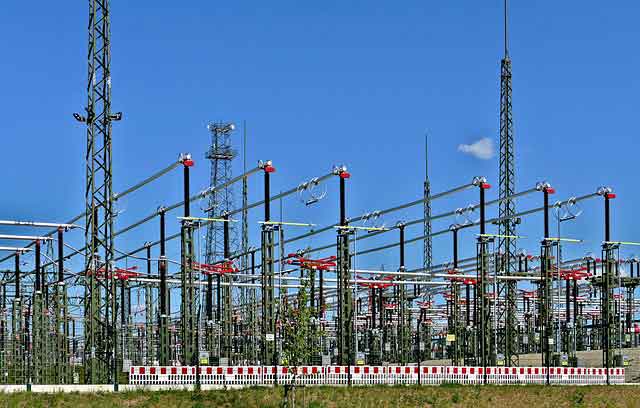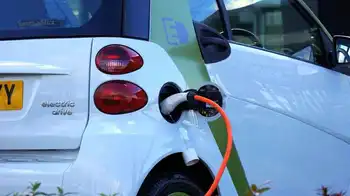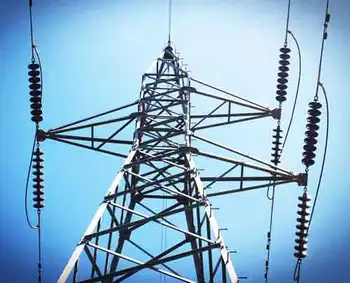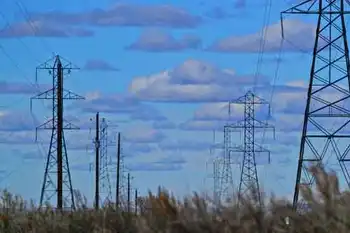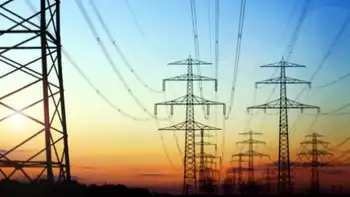China experiments with solar-thermal power
By PhysicsWeb
CSA Z463 Electrical Maintenance
Our customized live online or in‑person group training can be delivered to your staff at your location.

- Live Online
- 6 hours Instructor-led
- Group Training Available
Built on the outskirts of Beijing at a cost of £10m, the 1.5 MW Dahan plant will cover an area the size of 10 football pitches, and will serve as a platform for experiments on different solar-power technologies.
Unlike photovoltaic solar panels, which produce electricity directly from sunlight, solar–thermal power is based on an array of mirrors that focus the Sun’s rays onto a receiver. Several solar-thermal plants are already operating elsewhere in the world — notably in California’s Mojave Desert and in Granada in Spain — but the Dahan facility will be the first of its kind in Asia.
“The actual amount of power generated is small, but it is a big step for China to go into solar-thermal power generation using its own designs,” says Christoph Richter, site manager of the German Aerospace Centre at the Plataforma Solar de Alméria, a solar-power research centre in Tabernas, Spain.
The Chinese design relies on 100 curved “heliostat” mirrors that track the Sun’s movement across the sky and redirect light onto a receiver atop a 100 metre–high central tower. Water flowing through the receiver is transformed into superheated steam, which can then drive electricity-generating turbines as in a conventional power plant. Surplus energy is stored as heat, with a tank of synthetic oil serving as a reservoir for the high temperature (350°C) heat needed to produce superheated steam, and a second system “downstream” to store heat at lower temperatures.
Such two stage thermal storage boosts the plantÂ’s efficiency, notes Zhihao Yao, a researcher at the Laboratory of Solar Thermal Energy in Beijing and member of the Dahan design team. The oil used in the Dahan storage system is also cheaper than the molten salts used to store heat at the Spanish facility, in part because the saltsÂ’ high melting point means that such systems must be drained when the plant is not in use.
Keeping costs down is important. “In China, the cost for using their own coal is unbeatable, unless you factor in the environmental damage,” says Richter. Another snag is the large amount of land needed. David Faiman, director of Israel’s Ben-Gurion National Solar Energy Center, notes that China’s energy demand increased by about 430 terawatt–hours in 2007, and simply keeping up with this expansion would require devoting about 3,000 square kilometres of the Gobi desert each year to solar-thermal power. Still, the fact that China is investing in solar power on any scale is a “favourable sign”, he adds.
The next step for the Chinese will be to enlarge the Dahan plant to 5–10 MW. This will happen by 2015, deputy project leader Li Xin told physicsworld.com. A separate 1,000 MW plant is being planned for the Chinese province of Inner Mongolia, with support from Solar Millennium, the German firm that built the plant in Granada, but this commercial–scale facility is still a few years away.





